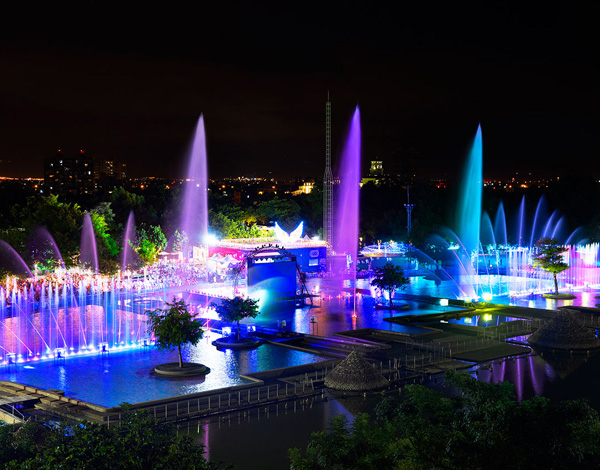Landscape lighting refers to the lighting that highlights and enhances the landscape features and elements in the outdoor environment through lighting technology and equipment. It aims to create artistic, aesthetic and dramatic outdoor lighting effects to enhance the visual appeal, nighttime experience and security of the place.
Landscape lighting is widely used in public Spaces, gardens, exterior walls of buildings, cultural heritage, urban landmarks, waterscape, sculptures and landscape elements. It can be achieved through various lamps, lighting effects, and lighting techniques.
Here are some common features and functions of landscape lighting:
1. Highlight landscape features: Landscape lighting Through precise directional lighting and lighting projection, highlighting and emphasizing the shape, texture and details of buildings, landscape elements, sculptures and landscape features.
2. Color and effects: Landscape lighting can use different colors of lighting and lighting effects, such as color change, gradient, projection, etc., to create a rich variety of visual effects and atmosphere.
3. Lighting and level: Landscape lighting shines the light through reasonable lighting design to different landscape elements in layers to create a sense of depth, hierarchy and three-dimensional.
4. Energy saving and sustainability: Landscape lighting can use energy-efficient LED lamps and intelligent control systems to reduce energy consumption and improve sustainability.
5. Effect and scene switching: Landscape lighting system can realize different lighting effects and scene switching through preset procedures and control systems, so as to adapt to different activities and needs.
The design of landscape lighting needs to take into account factors such as landscape characteristics, building structure, environmental conditions and user needs. It should not only meet the visual effect and aesthetic requirements, but also take into account the safety, energy efficiency and environmental impact.
The application of landscape lighting can improve the aesthetics and attractiveness of the nighttime urban environment, enhance the value of cultural and tourist places, increase people's interaction and experience of outdoor space, as well as provide safety guidance and positioning functions.


